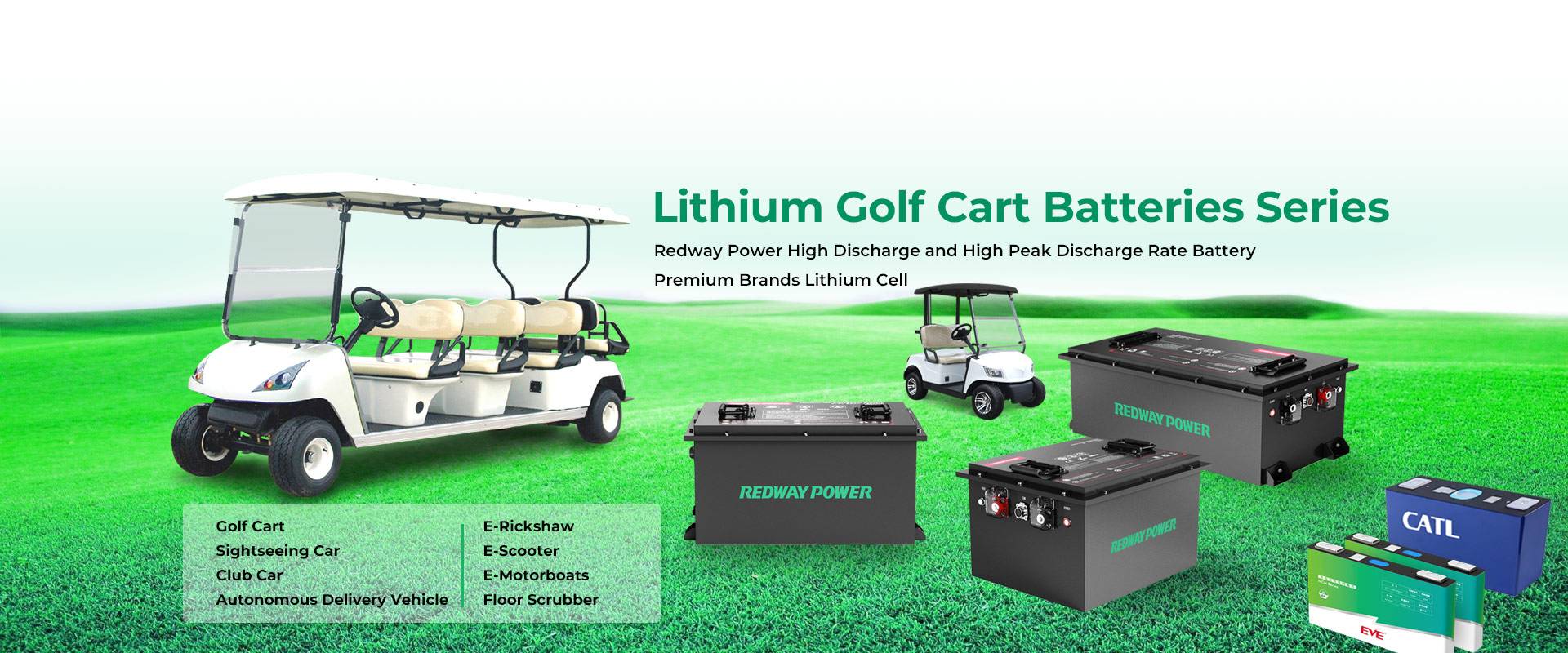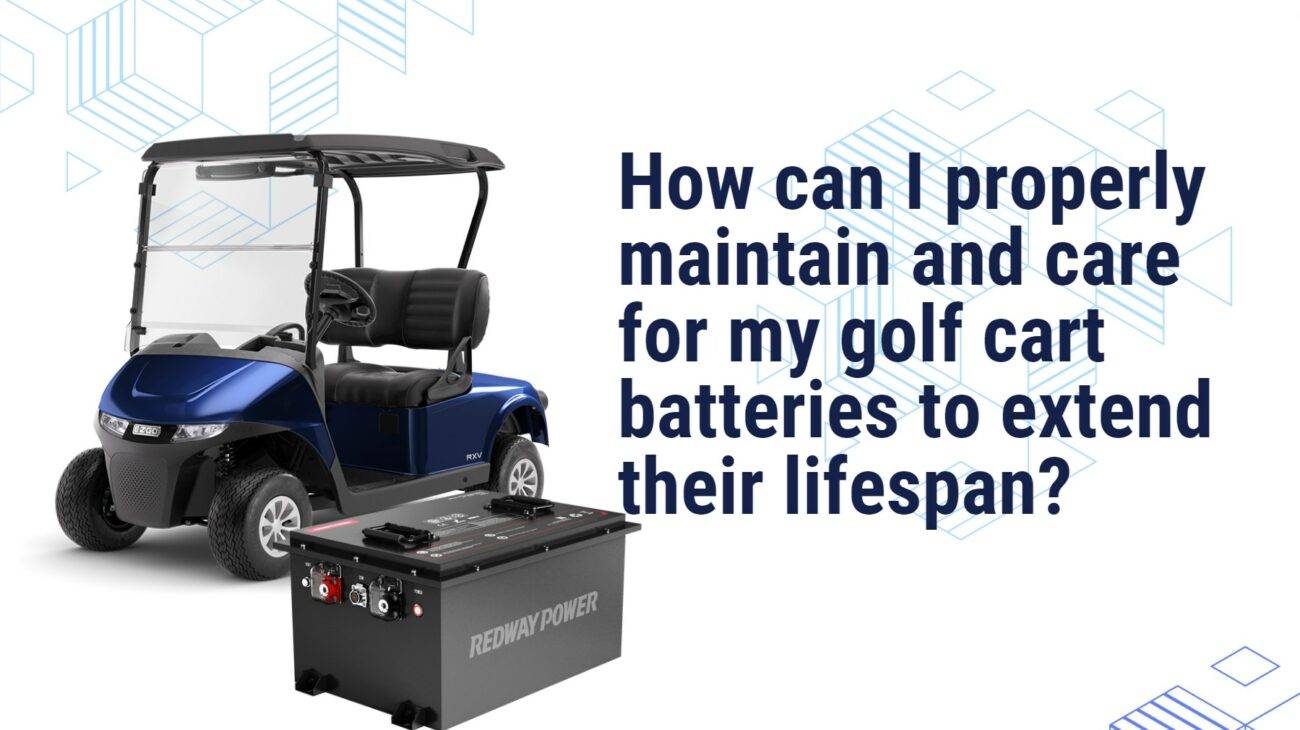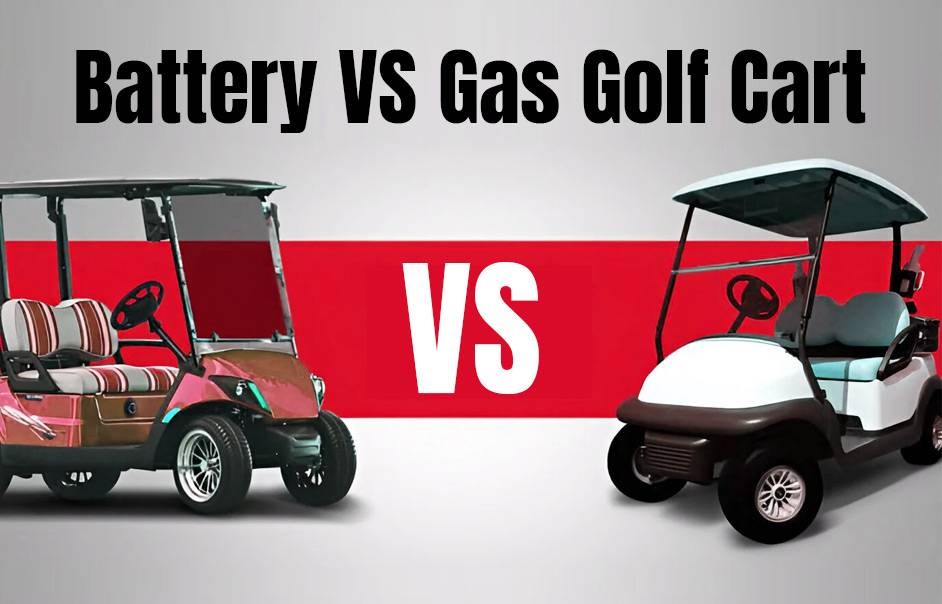- Lithium Golf Cart Battery
- Forklift Lithium Battery
-
48V
- 48V 210Ah
- 48V 300Ah
- 48V 420Ah (949 x 349 x 569 mm)
- 48V 420Ah (950 x 421 x 450 mm)
- 48V 456Ah
- 48V 460Ah (830 x 630 x 590 mm)
- 48V 460Ah (950 x 421 x 450 mm)
- 48V 460Ah (800 x 630 x 600 mm)
- 48V 460Ah (820 x 660 x 470 mm)
- 48V 500Ah
- 48V 560Ah (810 x 630 x 600 mm)
- 48V 560Ah (950 x 592 x 450 mm)
- 48V 600Ah
- 48V 630Ah
-
48V
- 12V Lithium Battery
12V 150Ah Lithium RV Battery
Bluetooth App | BCI Group 31
LiFePO4 Lithium
Discharge Temperature -20°C ~ 65°C
Fast Charger 14.6V 50A
Solar MPPT Charging - 24V Lithium Battery
- 36V Lithium Battery
- 48V Lithium Battery
-
48V LiFePO4 Battery
- 48V 50Ah
- 48V 50Ah (for Golf Carts)
- 48V 60Ah (8D)
- 48V 100Ah (8D)
- 48V 100Ah
- 48V 100Ah (Discharge 100A for Golf Carts)
- 48V 100Ah (Discharge 150A for Golf Carts)
- 48V 100Ah (Discharge 200A for Golf Carts)
- 48V 150Ah (for Golf Carts)
- 48V 160Ah (Discharge 100A for Golf Carts)
- 48V 160Ah (Discharge 160A for Golf Carts)
-
48V LiFePO4 Battery
- 60V Lithium Battery
-
60V LiFePO4 Battery
- 60V 20Ah
- 60V 30Ah
- 60V 50Ah
- 60V 50Ah (Small Size / Side Terminal)
- 60V 100Ah (for Electric Motocycle, Electric Scooter, LSV, AGV)
- 60V 100Ah (for Forklift, AGV, Electric Scooter, Sweeper)
- 60V 150Ah (E-Motocycle / E-Scooter / E-Tricycle / Tour LSV)
- 60V 200Ah (for Forklift, AGV, Electric Scooter, Sweeper)
-
60V LiFePO4 Battery
- 72V~96V Lithium Battery
- Rack-mounted Lithium Battery
- E-Bike Battery
- All-in-One Home-ESS
- Wall-mount Battery ESS
-
Home-ESS Lithium Battery PowerWall
- 24V 100Ah 2.4kWh PW24100-S PowerWall
- 48V 50Ah 2.4kWh PW4850-S PowerWall
- 48V 50Ah 2.56kWh PW5150-S PowerWall
- 48V 100Ah 5.12kWh PW51100-F PowerWall (IP65)
- 48V 100Ah 5.12kWh PW51100-S PowerWall
- 48V 100Ah 5.12kWh PW51100-H PowerWall
- 48V 200Ah 10kWh PW51200-H PowerWall
- 48V 300Ah 15kWh PW51300-H PowerWall
PowerWall 51.2V 100Ah LiFePO4 Lithium Battery
Highly popular in Asia and Eastern Europe.
CE Certification | Home-ESS -
Home-ESS Lithium Battery PowerWall
- Portable Power Stations
How to Choose the Right Golf Cart Battery: Types and Considerations

Choosing the right battery for your golf cart is crucial for optimal performance and longevity. The main types of golf cart batteries include flooded lead-acid, AGM (Absorbent Glass Mat), and lithium-ion batteries, each offering unique benefits and drawbacks. Understanding these options will help you make an informed decision based on your needs.
What are the different types of golf cart batteries available?
Golf carts commonly use three main types of batteries: flooded lead-acid, AGM, and lithium-ion. Each type has distinct characteristics that affect performance, maintenance, and cost.
Types of Golf Cart Batteries Chart
| Battery Type | Maintenance Level | Lifespan (Cycles) | Cost Range ($) |
|---|---|---|---|
| Flooded Lead-Acid | High | 500-1,000 | 100 – 300 |
| AGM | Low | 1,000-2,000 | 200 – 400 |
| Lithium-Ion | Very Low | 2,000-5,000 | 1,000 – 3,000 |
How do flooded lead-acid batteries perform compared to other types?
Flooded lead-acid batteries are the most traditional option and are known for their affordability. They require regular maintenance, including checking water levels and cleaning terminals. While they offer decent power output, they are also heavier and have a shorter lifespan compared to AGM and lithium-ion options.
Performance Comparison Chart
| Feature | Flooded Lead-Acid | AGM |
|---|---|---|
| Weight | Heavy | Moderate |
| Maintenance Frequency | Every few months | Minimal |
| Initial Cost | Low | Higher |
What advantages do AGM batteries offer for golf carts?
AGM batteries provide a sealed design that prevents leaks and reduces maintenance needs. They have a higher discharge rate than flooded lead-acid batteries, making them suitable for applications requiring quick bursts of power. Additionally, AGM batteries are more resistant to vibration, which is beneficial for off-road use.
Why are lithium-ion batteries becoming popular for golf carts?
Lithium-ion batteries are gaining popularity due to their high energy density, lightweight design, and minimal maintenance requirements. They charge faster and last significantly longer than traditional lead-acid batteries, offering up to ten times the cycle life. Although they come with a higher upfront cost, their longevity can result in lower total ownership costs over time.
Lithium-Ion Benefits Chart
| Benefit | Lithium-Ion |
|---|---|
| Charge Time | Fast (2-4 hours) |
| Cycle Life | Up to 5,000 cycles |
| Maintenance | Virtually none |
How can you determine the right battery size for your golf cart?
To choose the correct battery size, first check your golf cart’s voltage requirements (commonly 36V or 48V). Next, consider the amp-hour (Ah) rating; higher Ah ratings provide longer run times but may increase costs. Ensure that the physical dimensions of the battery fit within your cart’s battery compartment.
Battery Size Considerations Chart
| Voltage Requirement | Common Configurations |
|---|---|
| 36V | Three 12V or six 6V batteries |
| 48V | Four 12V or eight 6V batteries |
What maintenance is required for different types of golf cart batteries?
Maintenance varies significantly among battery types:
- Flooded Lead-Acid: Requires regular watering, terminal cleaning, and checking electrolyte levels.
- AGM: Minimal maintenance is needed; just ensure terminals are clean.
- Lithium-Ion: No regular maintenance; however, monitoring charging conditions is recommended.
How do cost and lifespan vary among golf cart battery types?
The initial cost of flooded lead-acid batteries is lower than AGM or lithium-ion options; however, they typically have shorter lifespans. AGM batteries fall in between in terms of cost but offer better longevity than flooded lead-acid. Lithium-ion batteries represent the highest initial investment but provide significant savings over their lifespan due to lower replacement frequency.
Cost vs Lifespan Chart
| Battery Type | Average Cost ($) | Average Lifespan (Years) |
|---|---|---|
| Flooded Lead-Acid | 100 – 300 | 3 – 5 |
| AGM | 200 – 400 | 4 – 7 |
| Lithium-Ion | 1,000 – 3,000 | 10+ |
Industrial News
Recent advancements in battery technology have led to increased interest in lithium-ion solutions for golf carts. Companies are investing in research to enhance battery performance while reducing costs. Innovations such as improved battery management systems (BMS) are making lithium options safer and more efficient than ever before.
Redway Power Insights
“Switching to lithium-ion technology can be a game-changer for golf cart owners,” says an industry expert. “While the upfront costs may be higher, the long-term savings on maintenance and replacements make them an attractive option for both recreational users and commercial operations.”
FAQ Section
Q: What type of battery lasts longest in a golf cart?
A: Lithium-ion batteries typically last the longest, with lifespans exceeding ten years under proper usage conditions.Q: Are AGM batteries worth the extra cost?
A: Yes, AGM batteries offer better performance and lower maintenance compared to flooded lead-acid options, making them a worthwhile investment.Q: How often should I maintain my flooded lead-acid battery?
A: Flooded lead-acid batteries should be checked every few months for water levels and terminal cleanliness.

























